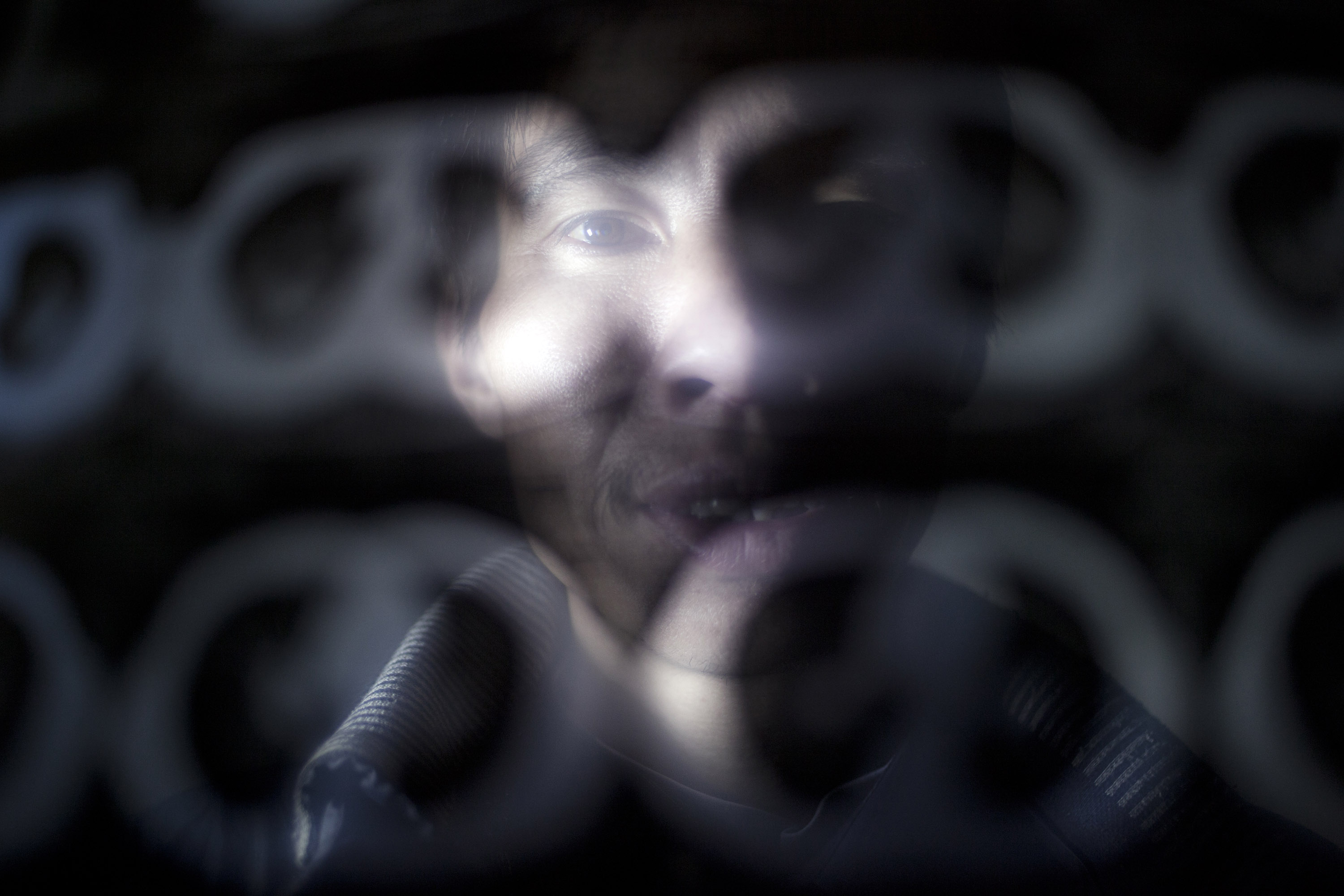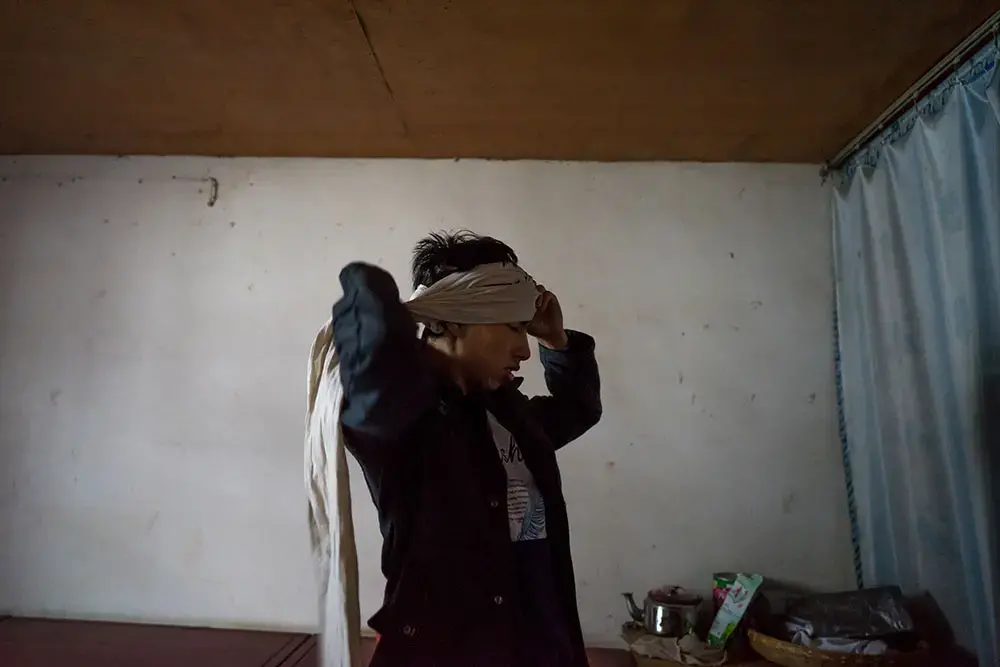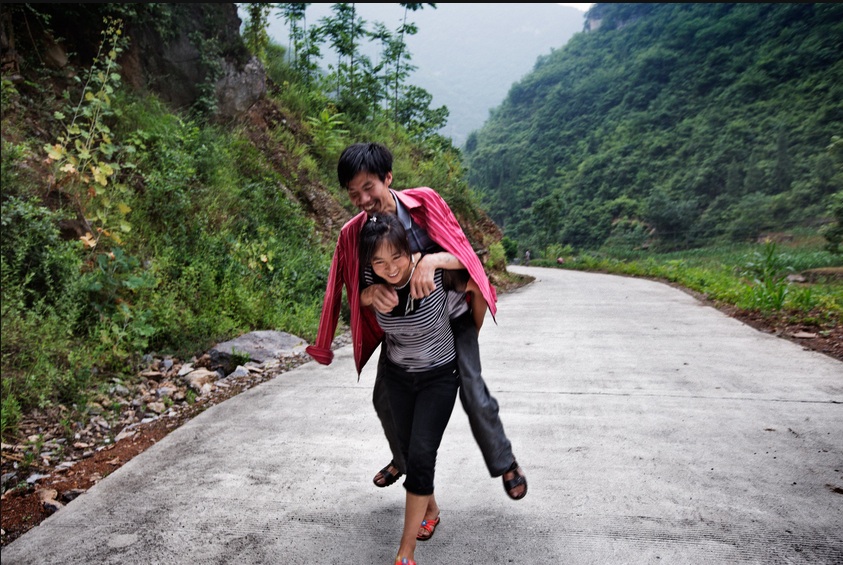The night after gold miner He Quangui died, it rained so hard water crushed the tents sheltering villagers and friends who had come to mourn him.
"Maybe that was his way of showing his displeasure that we were holding a big, traditional funeral for him despite his clear instructions not to spend too much money," his wife, Mi Shixiu, says.
Whatever the skies were trying to say, He's family have mourned him every seven days, for seven times since his death, as is the custom in their area of Shaanxi province.
On November 8, they marked his 100-day death anniversary—sometimes believed to be the moment the spirit of the dead departs and when the living try to move on. I was there with the family for a simple ceremony at He's unmarked grave, on a hillside a short hike up from their home in the remote mountains of southern Shaanxi. His son Jinbo, 20, carried up on a tray three bowls of rice and three dishes, offered his father incense and firecrackers, and bowed before his grave. I burned some paper money for the man I had documented and befriended over the past four years, as he deteriorated in his decade-long fight against silicosis.
He was one of an estimated 6 million workers in China who have some form of pneumoconiosis, the country's most prevalent occupational disease. Workers who blast rock get the illness when the dust lodged in their lungs from years earlier causes the organ to harden, decreasing their capacity to breathe. While not terminal, the disease kills many migrant workers in China who have poor social, financial, and legal safety nets.
He, who was 42 when he died, was featured on ChinaFile previously, in a video open letter he delivered to Chinese president Xi Jinping, speaking in his local accent, as one Shaanxi man to another.
His story, and that of his loving family, was published as a photo essay in international and Chinese outlets just a few months before his death, bringing in donations of cash as well as a wheelchair with which He was able leave the house for a "walk" twice.
Over the years, I had visited the family and the gold mines about a dozen times. He had learned to use a smart phone and often sent me messages and pictures. Recently, he had mastered taking selfies and started sending those too. On my latest visit, the family was still in mourning but also dealing with the harsh realities of rural life. I recorded some of the thoughts and emotions expressed by his wife and son which moved me deeply.































